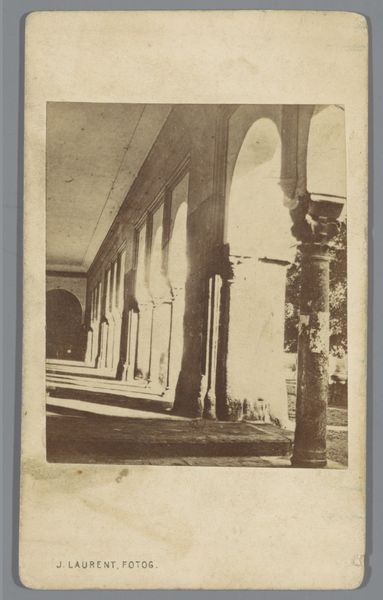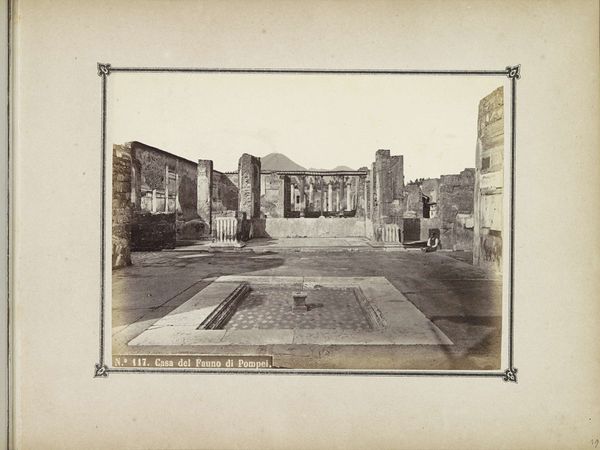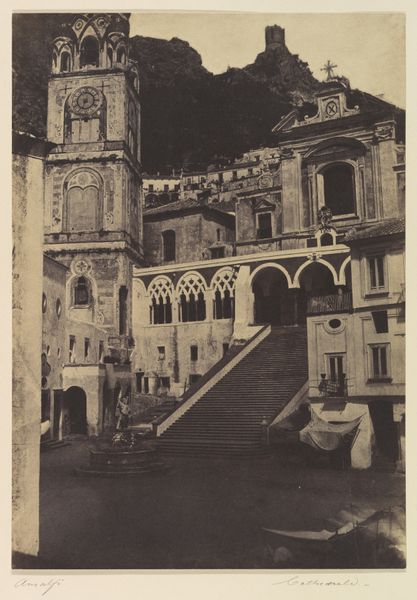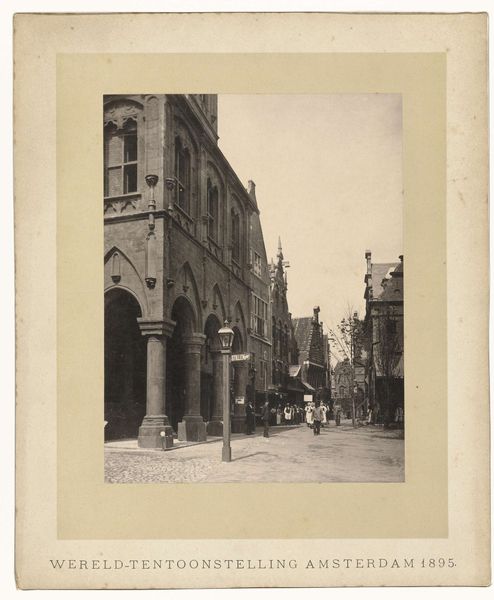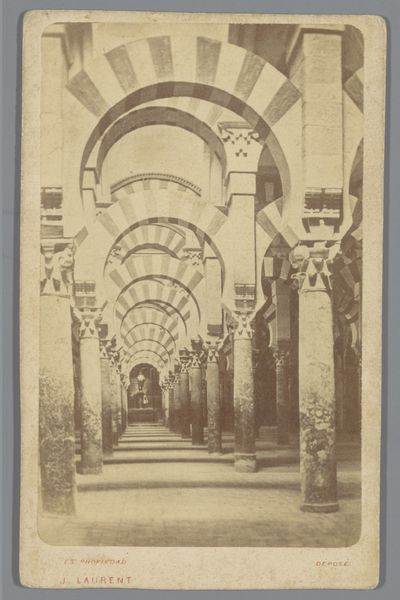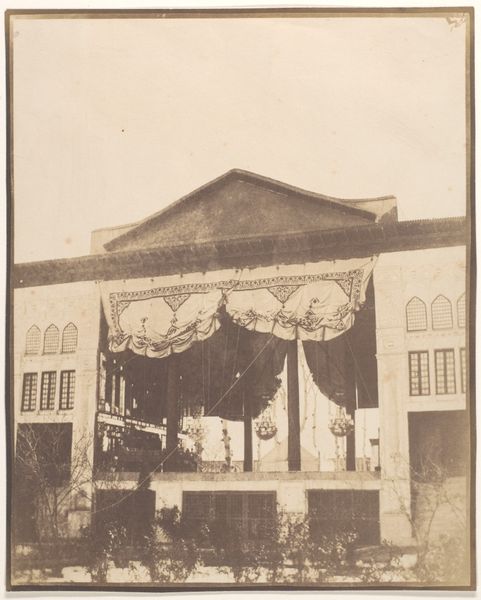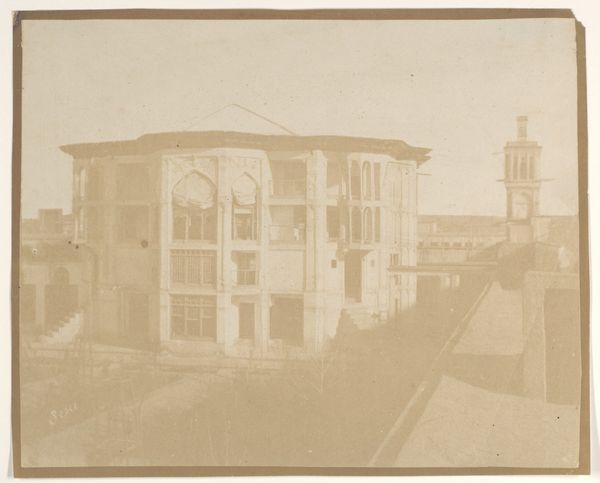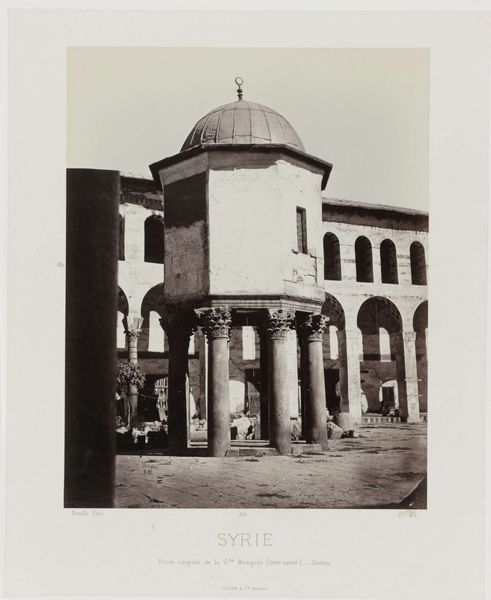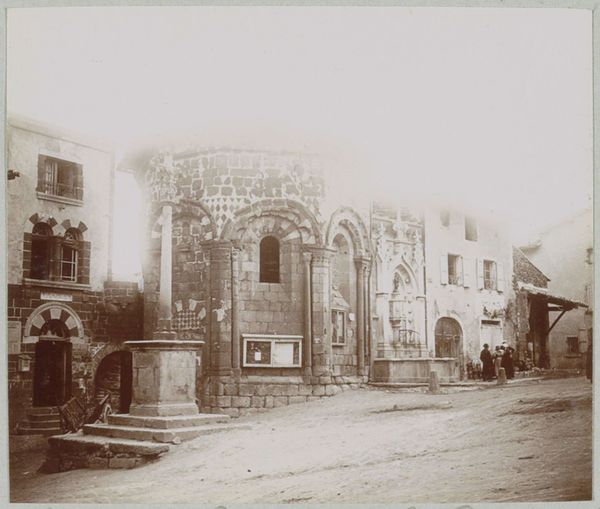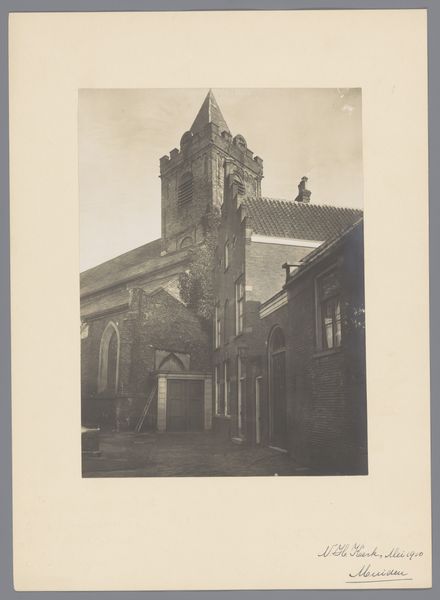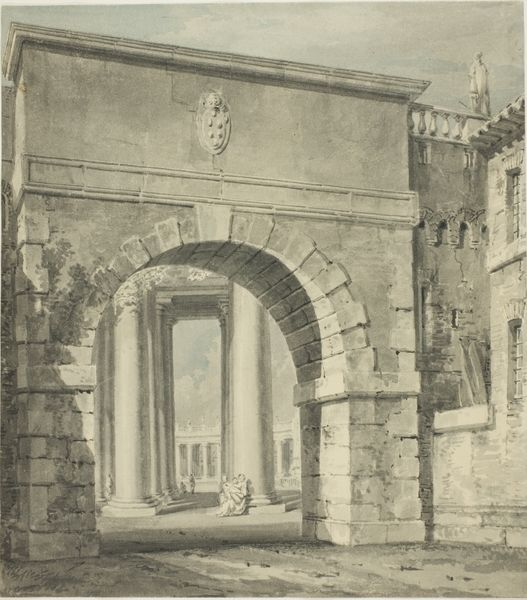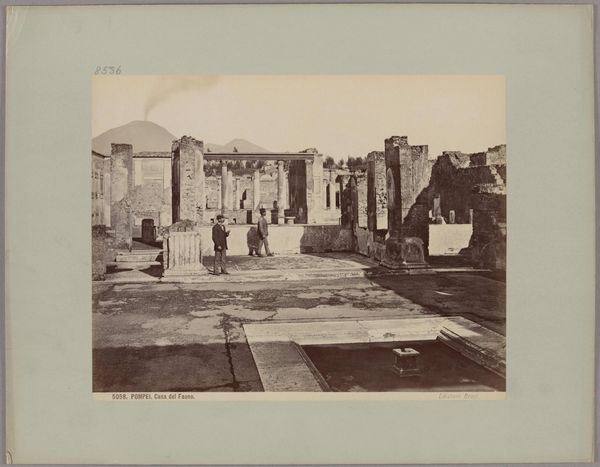![[The Scene of the Execution of Emperor Maximilian I of Mexico] by François Aubert](/_next/image?url=https%3A%2F%2Fd2w8kbdekdi1gv.cloudfront.net%2FeyJidWNrZXQiOiAiYXJ0ZXJhLWltYWdlcy1idWNrZXQiLCAia2V5IjogImFydHdvcmtzL2Y0ZTc3MjQwLTkzNGQtNGQ0NS05NGVjLWNmMjU5YzU1ZTFkYi9mNGU3NzI0MC05MzRkLTRkNDUtOTRlYy1jZjI1OWM1NWUxZGJfZnVsbC5qcGciLCAiZWRpdHMiOiB7InJlc2l6ZSI6IHsid2lkdGgiOiAxOTIwLCAiaGVpZ2h0IjogMTkyMCwgImZpdCI6ICJpbnNpZGUifX19&w=3840&q=75)
[The Scene of the Execution of Emperor Maximilian I of Mexico] 1867
0:00
0:00
print, daguerreotype, photography, architecture
#
16_19th-century
# print
#
old engraving style
#
landscape
#
daguerreotype
#
street-photography
#
photography
#
19th century
#
history-painting
#
street
#
architecture
#
realism
#
building
Dimensions: Image: 22.1 × 16.1 cm (8 11/16 × 6 5/16 in.)
Copyright: Public Domain
Curator: Here we have François Aubert's haunting photograph, taken in 1867, titled “[The Scene of the Execution of Emperor Maximilian I of Mexico]". It’s currently housed at the Metropolitan Museum of Art. Editor: What strikes me immediately is the light, or lack thereof. It's as if a shroud of historical gravity has been cast over the cobblestones and that rather severe-looking building, leaving the whole scene in sepulchral tones. Somber. Curator: Exactly. That building dominates the right side, all looming stone and austere arches; I feel this powerful, oppressive stillness about the piece. It whispers of something immense, fateful… Editor: There’s a stark, documentary feel to it, despite the artistic choices. Look at the lone figures; they’re dwarfed by the architecture. Speaking of architecture, there are strange waterspouts coming out of the side of the church that resemble demonic visages, a nice piece of symbolism. I wonder what this building looked like on that terrible day. Do you know more? Curator: What strikes me about them is this visual metaphor—these men are indeed like gargoyles spitting vitriol, forever trapped in their awful task of ushering souls to eternity. Aubert really knew his symbols. The photo captures the aftermath. We're not seeing the literal event, but it hangs in the air like dust. Maximilian had sought to revive the Mexican monarchy but ended up facing a firing squad not far from where this photo was taken. The very cobblestones absorbed tragedy and hubris. Editor: You're right. There's a lingering echo here, like a battlefield long after the soldiers have departed. Is that how memory feels? What I find interesting is how the artist chooses to represent history. He turns away from a histrionic event itself towards an understated realism in black and white to create something altogether more potent, something emotionally intelligent. Curator: It transcends simple historical record and evolves into meditation. A meditation on power, defeat, the impermanence of all things. Editor: Precisely. So, the image becomes both a factual document and a profound metaphor for the wages of ambition. Curator: Ultimately, it's that delicate tension that gives this daguerreotype such lasting power. We stand before something silent yet so heavy with implication. A reminder, I suppose, that even in the face of grand events, the world persists, scarred, but changed.
Comments
No comments
Be the first to comment and join the conversation on the ultimate creative platform.
